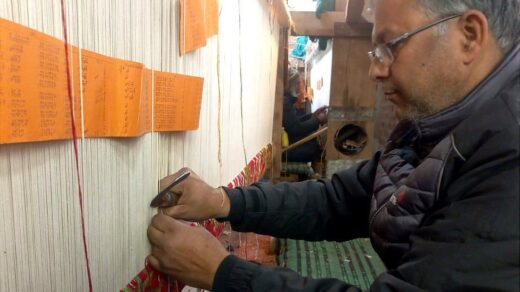The Doomsday Clock, a symbolic measure of how close the world is to a global catastrophe, particularly nuclear war, will remain at 90 seconds to midnight, according to the Bulletin of the Atomic Scientists. The clock’s setting, the closest it has ever been to “Doomsday,” is due to several factors including the threat of a new nuclear arms race, the conflict in Ukraine, and concerns over climate change.
The Bulletin also cited the lack of action on climate change and risks associated with the misuse of emerging biological technologies and Artificial Intelligence (AI) as contributing factors. The Doomsday Clock was created in 1947 by scientists who developed the atomic bomb, including J Robert Oppenheimer, to warn the public about the dangers of nuclear weapons.
In its 2024 announcement, the Bulletin highlighted that China, Russia, and the US are all investing heavily to expand or modernize their nuclear arsenals, increasing the risk of nuclear war. The ongoing conflict in Ukraine has also heightened the risk of nuclear escalation.
Despite numerous arms control agreements over the years, there are still approximately 13,000 nuclear warheads globally, with 90% of them owned by Russia and America. Six other countries – the UK, France, China, India, Pakistan and North Korea – are declared nuclear powers. Israel is also believed to possess nuclear weapons but has never confirmed it.
The UK has increased its warhead cap from 225 to 260 in 2021 and its nuclear force is on high alert. Since the start of the Ukraine conflict, there have been suggestions from senior Russian figures that Moscow’s nuclear weapons could be used against the UK.
The UK’s nuclear deterrent is located at the Faslane base in western Scotland, home to four Vanguard submarines carrying Trident missiles armed with nuclear warheads. There is always a submarine ready to fire at a 15-minute notice.
Meanwhile, protests against nuclear weapons continue in the UK. The Campaign for Nuclear Disarmament (CND) is currently protesting against the potential return of US weapons at RAF Lakenheath in Suffolk. Pentagon documents suggest that US “special” weapons will be stationed at the base, and plans are underway to build dormitories for troops to serve in a potential nuclear mission.
In the last decade, fears of nuclear war have also been amplified by North Korea’s leader Kim Jong-Un, who has claimed to have tested nuclear-capable missiles that could reach the United States. Former Bulletin of Atomic Scientists member and Doomsday Clock adviser, Sig Hecker, estimates that North Korea could now have 50 to 60 nuclear warheads.









